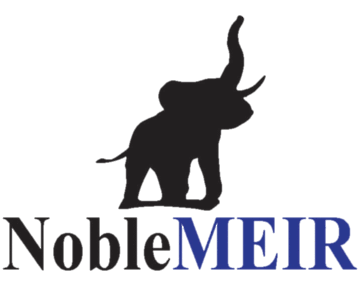Spiral Concentrators
Spiral concentrators are a gravity based concentrating device, that separates light density granular and sandy (17 mesh to 340 mesh (1 mm to 0.075 mm)) consistency material from heavier density material. In order to have a good separation, there should be a difference in SG's of at least 1.0. One main benefit of spiral concentrators is they have no moving parts. The feed range, in percent solids ranges from 20% solids up to 40% solids. Depending upon the material characteristics, a maximum efficiency will usually be reached somewhere in this range. All that is required are some slurry pumps, the slurry to be separated and the banks of spirals with a feed distributor. Note that an agitated feed tank gives a very uniform feed and generally provides the best efficiency.
Spiral concentrators can be made with multiple starts (multiple spirals interwound) to save floor space - up to 3 start spirals, which would essentially give 3 spirals in about the same space that one would take up. Spiral concentrators are normally used in banks of multiple spirals. Typical capacities for spirals run from 1-3 tons per hour of feed for minerals and 3-5 tons per hour for coal.
The M-Radial Concentrator is our mobile plant with quick hook-ups and easy set up.
NobleMEIR also offers lab sized spirals: in single or double starts, and either: 3, 5, 6 and 7 turns. Lab units come with self-contained sump pit, distributor, pump and stands.
Benefits:
Low capital cost - Minimal maintenance cost - Low operating cost - Long operating life - Experienced personal assistance
A cross section of a spiral concentrator can be divided into various regions, with each region describing the effect it has on the slurry traveling through it.
On the outer most region (1) (perimeter), will have mostly water, with fine particles, trapped by the high velocity of the moving water. Moving inward towards the center of the spiral, the next region (2) would consist of a very small area where the maximum water velocity exists and prevents any separation to occur. This region is defined since it separates the next region (3) from the first region. Region 3 is a very active region where the velocity begins to slow down and most of the separation occurs, as more dense particles settle to the bottom and the water velocity keeps the light density particles in the stream near the surface, where they eventually wind up in the outer regions (2 and 1). The next region is actually where two regions overlap (region 3 and 5), and is a very narrow region (like region 2). Next to the last region (region 5) is where the heavy density concentrates collect. The remaining low density particles in this region find their way to the top of the slurry surface and are carried off by the fast flowing water to the perimeter of the spiral, with the bulk of the water and the low density solids. Some spirals have a wash water section, where additional water is added to free any trapped light density material in the concentrates, and on a wash water spiral, the innermost portion is where this water is added, and it is called region 6. From the innermost region of the spiral, the concentrates then flow to the bottom section of the spiral, where splitter "bars" actually make a cut of the material, channeling the inner most material to the heavy concentrate port, a 'middlings' splitter can be used to channel the intermediate to a separate discharge port, and the majority of the water and the light density material is cut to a low density port. Some spiral concentrators, especially those used in coal cleaning, have the capability of removing the high density material at multiple positions in the vertical spiral. Coal can consist of as much as 50% high density material, compared to a typical heavy mineral with only 5% to 10% high density content. These cutter bars are adjustable and are usually set up during the start-up and rarely moved, unless differing material is processed. They can be changed easily, to accommodate differing feed material.
For more information on Spirals please contact us:






